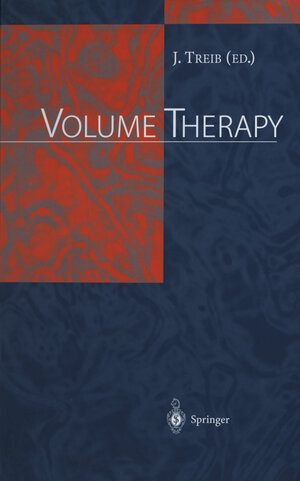
×
![Buchcover ISBN 9783642640544]()
Volume therapy or infusion therapy is used worldwide for the treatment of hypovolemia caused by surgical blood and plasma losses, trauma, burns, or infections. Interestingly, significant differences exist between countries regarding the use of plasma substitutes. In the United States, crystalloids and albumin are more popular, whereas in Europe artificial colloids such as hydroxyethyl starch are preferred. From an international perspective, it is notable that volume therapy using hydroxyethyl starch is an established therapy for the treatment of cerebral, retinal, otogenic, and peripheral circulation disorders in Germany. In other countries, crys talloids are mostly used to treat dehydration or hypovolemia, for example in brain stroke. In recent years, new data made it possible to overcome national differences and agree on an evidence-based, international con sensus. The efficacy of different plasma substitutes for a volume therapy last ing several days has not been sufficiently studied in the past. Long-term volume therapy of patients with cerebral perfusion disorders is an excel lent model for studying the effects of artificial colloids in detail, because of the high doses of colloids that are administered. Through a compari son of commonly used plasma substitutes, we were able to show that sig nificant differences exist between different colloids, for example in their effect on coagulation. After repeated infusion, hydroxyethyl starches that are difficult to degrade lead to an accumulation of large molecules that are difficult to eliminate. These large molecules impair factor VIII/von Willebrand factor.



